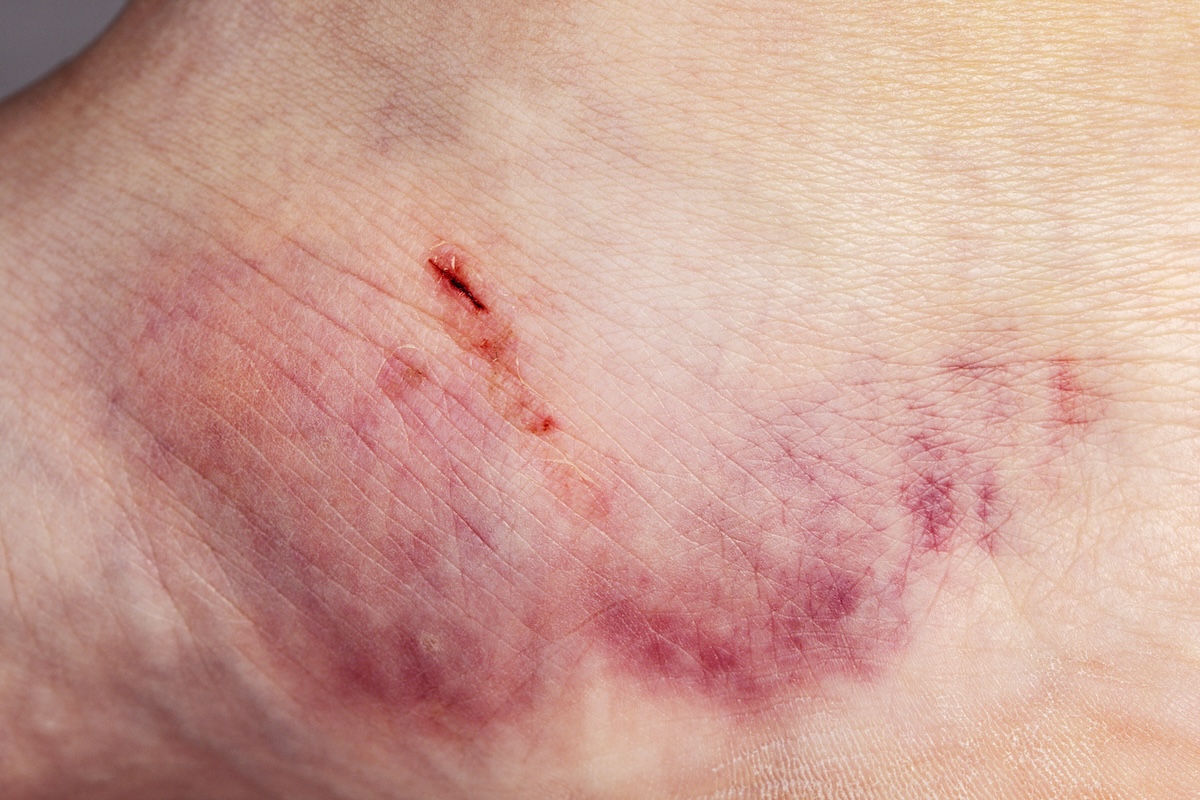Leukemia is a type of cancer that starts in the blood-forming tissues of the body, such as the bone marrow and the lymphatic system. It affects how your body produces white blood cells, which are crucial for fighting infections. In people with leukemia, the body creates abnormal white blood cells that don’t work properly and grow uncontrollably. These abnormal cells can crowd out healthy blood cells, making it harder for the body to function normally.

Leukemia isn’t just one disease. It comes in different forms and can affect both children and adults. Some types grow quickly and need immediate treatment, while others develop slowly and may not need to be treated right away. Because it starts in the blood, leukemia is different from cancers that begin in organs or tissues and then spread.
Different Causes And Types for Leukemia
The exact cause of leukemia is not always clear, but scientists believe it develops when the DNA in blood cells gets damaged. This damage causes cells to grow and divide uncontrollably. Over time, these abnormal cells take over the bone marrow, leaving less room for healthy blood cells.
Some factors may increase the risk of developing leukemia. These include exposure to high levels of radiation, certain chemicals like benzene, smoking, a history of chemotherapy or radiation for another cancer, and genetic conditions such as Down syndrome. However, many people who develop leukemia don’t have any known risk factors.
There are four main types of leukemia, based on how fast the disease progresses and what kind of cells are affected:
-
Acute Lymphocytic Leukemia (ALL): This type grows quickly and mostly affects children, although it can also occur in adults.
-
Acute Myeloid Leukemia (AML): Another fast-growing type, AML is more common in adults but can also be found in children.
-
Chronic Lymphocytic Leukemia (CLL): This type progresses slowly and is most common in older adults.
-
Chronic Myeloid Leukemia (CML): CML usually develops slowly at first and mostly affects adults.
Each type has its own specific characteristics, and treatment depends on the exact diagnosis.
Recognizing The Symptoms
Leukemia symptoms can vary depending on the type and stage of the disease. In the early stages, some people don’t feel sick at all. As the disease progresses, symptoms may become more noticeable and affect daily life.
Common signs and symptoms include:
-
Feeling tired or weak all the time
-
Frequent infections or trouble fighting off common illnesses
-
Easy bruising or bleeding, including nosebleeds or bleeding gums
-
Pale skin or anemia
-
Swollen lymph nodes, especially in the neck or underarms
-
Fever or chills
-
Bone or joint pain
-
Weight loss without trying
-
Night sweats
-
A feeling of fullness in the belly, which can be caused by an enlarged spleen or liver
Because these symptoms are also linked to many other conditions, it’s important to see a doctor for a proper diagnosis if they don’t go away.
How Leukemia Diagnosed
If leukemia is suspected, doctors will begin with a physical exam and ask about symptoms and family history. Blood tests are often the first step in the diagnostic process. A complete blood count (CBC) can show if there are abnormal levels of white or red blood cells and platelets.
If the blood test results look suspicious, a bone marrow biopsy may be done. This test involves removing a small amount of bone marrow, usually from the hip bone, to examine under a microscope. It helps doctors confirm the type of leukemia and how advanced it is.
Other tests, like genetic testing, spinal taps, or imaging scans such as CT or MRI, may also be used to get a clearer picture of the disease and guide treatment decisions.
Treatment Options And Outlook
Treatment for leukemia depends on the type, the person’s age, overall health, and how far the disease has progressed. Some people may need aggressive treatment right away, while others with slow-growing types may be monitored closely without immediate therapy.
Common treatment options include:
-
Chemotherapy: This is the most widely used treatment and uses strong drugs to kill cancer cells. It can be taken by mouth or through an IV.
-
Targeted Therapy: These drugs focus on specific parts of leukemia cells to block their growth. They often have fewer side effects than chemotherapy.
-
Radiation Therapy: High-energy rays are used to kill cancer cells or stop them from growing.
-
Stem Cell Transplant: This involves replacing the diseased bone marrow with healthy stem cells, either from the patient or a donor.
-
Immunotherapy: This treatment helps boost the body’s own immune system to fight the cancer.
The treatment journey can be long and may involve a combination of these therapies. Side effects can include fatigue, nausea, infections, and hair loss, but there are ways to manage these with supportive care.
Outlook for leukemia has improved over the years thanks to new treatments and early diagnosis. Some forms of leukemia, especially in children, have high cure rates. Others can be managed as long-term conditions. Regular follow-up and ongoing care are key to monitoring progress and preventing relapse.
Living With Leukemia
A leukemia diagnosis can be overwhelming, but many people are able to live full lives during and after treatment. Support from family, friends, and healthcare providers can make a big difference. Staying active, eating well, and keeping up with medical appointments are all important parts of managing the disease.
Emotional health is just as important as physical health. It’s normal to feel scared, sad, or anxious. Talking to a counselor, joining a support group, or connecting with others who have leukemia can help reduce stress and build resilience.
Even though leukemia is serious, advances in medicine have made it more treatable than ever before. The key is to catch it early, understand the type you’re dealing with, and stick to the treatment plan. With the right care and support, many people with leukemia can look forward to better days ahead.

